The historic city of Split in Croatia boasts a unique architectural legacy that reflects its socialist past. Nestled within the heart of the city lies the Split 3 district, a captivating example of Yugoslav-era urban planning and Brutalist design. Guided by the passionate Mirjana, visitors can explore this hidden gem and enjoy the community-focused layouts, striking visual elements, and the connections between modern living and the city’s ancient landmarks. This one-of-a-kind experience not only showcases the rich architectural heritage but also provides an opportunity to engage with local artists and gain profound insights into the lived experiences of the era. Prepare to be enchanted by the urban utopia that is Secret Split.
Key Points
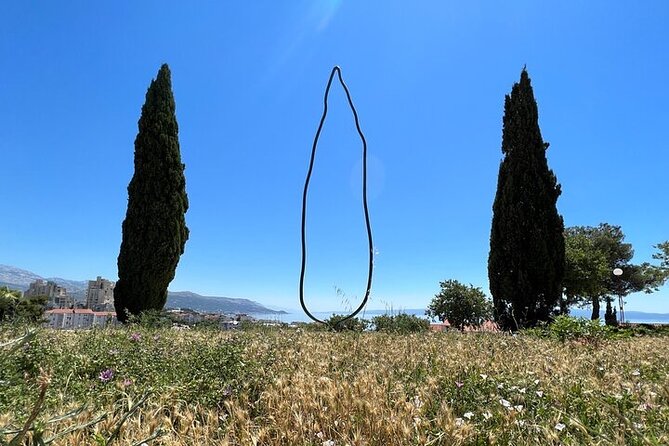
- Immersive walking tour exploring Split’s iconic Socialist architecture and Brutalist design, offering insights into daily life during the Yugoslav era.
- Venture into the Trstenik neighborhood, a modernist residential district recognized for its community-focused urban planning and people-centric design.
- Discover the architectural features and innovative layout of the Trstenik district, which foster social interaction and a sense of collective identity.
- Engage with local artists and activists to gain deeper understanding of the lived experiences and social ideologies reflected in the area’s architecture.
- Tour led by a licensed guide and certified heritage interpreter, providing an engaging and informative experience for design and history enthusiasts.
Tour Overview
This walking tour in Split, Croatia, offers an immersive exploration of the city’s socialist architecture and Brutalist design.
Focusing on the residential Split 3 district, the tour provides a unique opportunity to understand daily life during the Yugoslav era. Recognized for its innovative urban planning, Split 3 integrated communal spaces and pedestrian-friendly features, making it one of the last large-scale projects of its kind in Yugoslavia.
The tour, led by a licensed guide and certified heritage interpreter, lasts approximately 2 hours and has a 100% traveler recommendation rate based on 10 reviews.
Participants will visit the Trstenik neighborhood, observe the connection between modern residential areas and ancient Diocletian’s Palace, and engage with local artists and activists.
You can also read our reviews of more tours and experiences in Split.
Historical Context

During the Yugoslav era, the daily life of residents was explored through the architecture and urban planning of Split’s districts.
The ambitious Split 3 project aimed to provide housing for around 50,000 people, integrating communal spaces and pedestrian-friendly designs. This made it one of the last large-scale urban planning schemes in Yugoslavia, recognized for its innovative approach to community engagement.
The architecture and layout of these residential areas offer insights into the social and political ideologies of the time, providing a unique window into the lived experiences of the Yugoslav era.
Residential Area Exploration
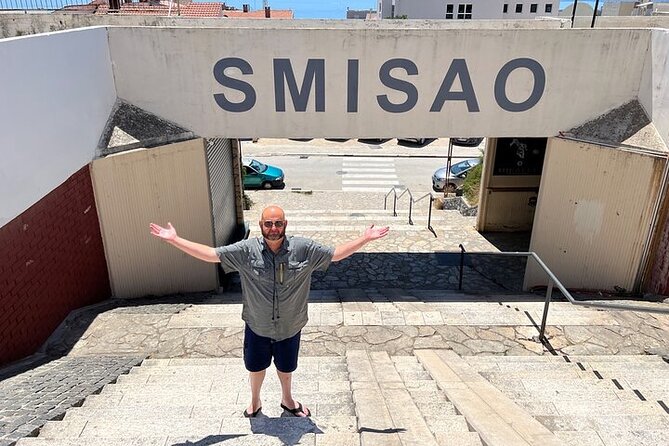
The tour ventures into the Trstenik city district, a residential area constructed in the 1970s.
Designed for community engagement, the district showcases innovative urban and architectural projects from Yugoslavia’s modernist period.
Visitors explore how the layout and amenities of these residential areas were intended to foster social interaction and a sense of shared living.
The guide highlights the connection between the modern housing and the ancient Diocletian’s Palace, demonstrating how the urban planners sought to integrate the new developments with the city’s historical heritage.
Along the way, travelers have the opportunity to engage with local artists and activists, gaining deeper insights into the legacy of socialist architecture and its impact on the community.
Community-Focused Design
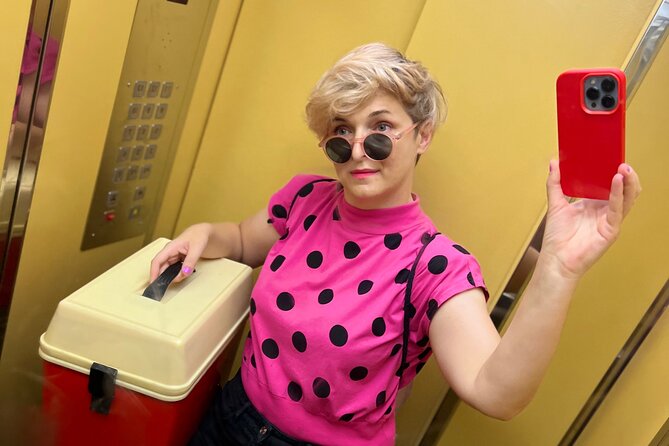
The socialist architecture and urban planning of Yugoslavia’s Trstenik district in Split, Croatia, prioritized community-focused design.
The residential area was intentionally structured to encourage social interaction and shared experiences among its 50,000 residents.
Some key features of this approach include:
- Integrated communal spaces, such as plazas and parks, that brought people together.
- Pedestrian-friendly layouts that prioritized walkability and reduced car usage.
- Architectural elements that fostered a sense of collective identity and pride within the community.
This innovative model of urban development was recognized for its people-centric focus, making Trstenik a shining example of Yugoslavia’s ambition to create livable, equitable cities.
Architectural Innovation
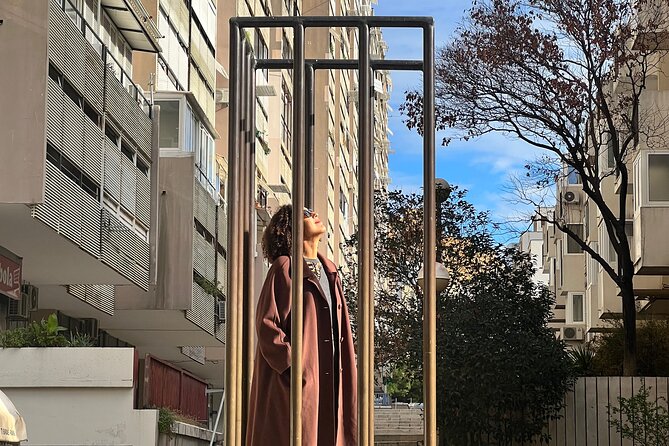
Innovative architectural features distinguished the socialist buildings of Split’s Trstenik district. The urban planners integrated communal spaces and pedestrian-friendly designs, making it one of the last large-scale projects in Yugoslavia.
Residential blocks featured expansive windows, interconnected staircases, and rooftop gardens, fostering a sense of community. Brutalist elements like exposed concrete and geometric shapes gave the buildings a striking visual impact.
The buildings’ orientation and layout maximized natural light and airflow, reflecting a focus on functionality and egalitarian ideals. This innovative approach to residential design set Trstenik apart, earning the district recognition in MoMA’s "Toward a Concrete Utopia" exhibition for its pioneering urban planning.
Guided Tour Highlights
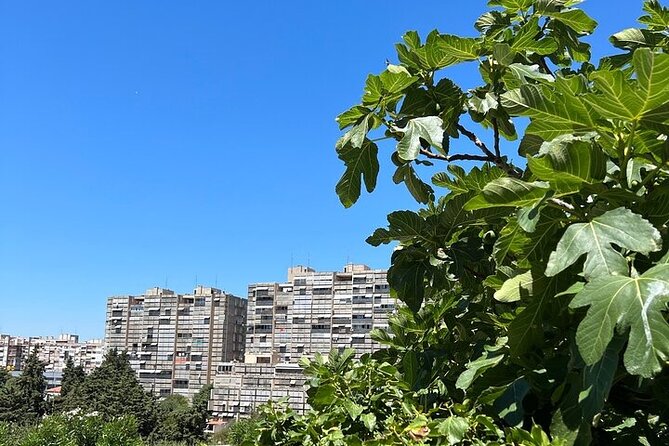
An immersive journey awaits visitors on the Socialist Architecture & Brutalism tour in Split, Croatia.
The tour explores the city’s innovative urban planning and architecture from the Yugoslav era.
Highlights include:
-
Visiting the Trstenik city district, constructed in the 1970s, to discover projects designed for community engagement.
-
Observing the connection between modern residential areas and the ancient Diocletian’s Palace.
-
Engaging with local artists and activists to gain unique insights into the local community and history.
The tour is led by a licensed guide and certified heritage interpreter, providing an engaging and informative experience for those interested in design, history, and exploring beyond typical tourist sites.
Logistics and Accessibility
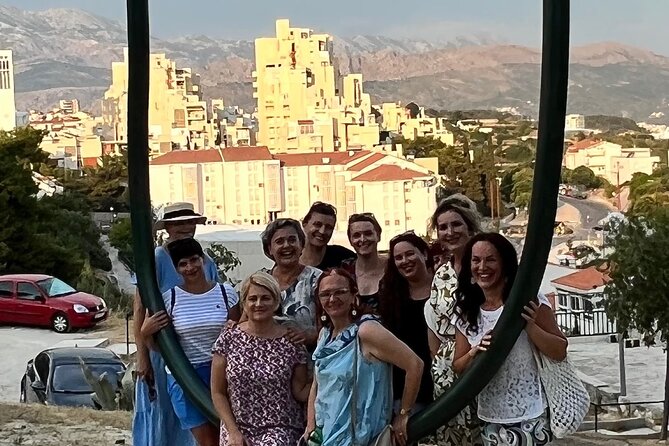
Getting to the tour’s meeting point in Split, Croatia is a straightforward affair.
The meeting point is located at Ul. Šime Ljubića 3, 21000, just a 20-minute bus ride from the town center. Participants should plan to arrive at the meeting point ahead of the scheduled start time, as the tour departs promptly.
The tour concludes back at the original meeting point.
Tour hours vary, with Monday, Tuesday, Friday, and Sunday tours running from 8 AM to 9 PM, while Wednesday, Thursday, and Saturday tours operate from 8 AM to 9 AM.
Visitors are advised to confirm the start time with the local provider before the tour date.
Traveler Recommendations
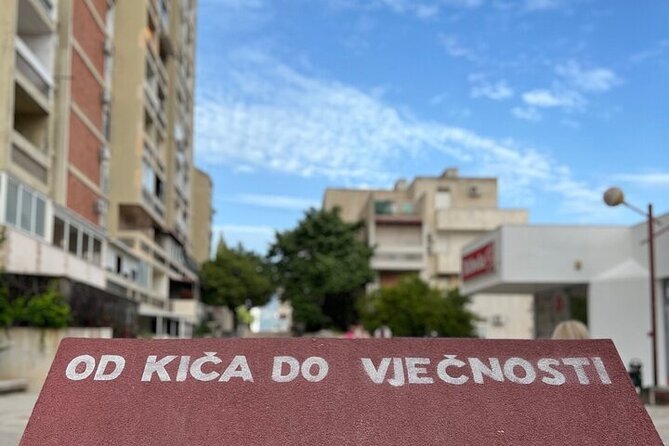
According to the 10 reviews, this walking tour of Split’s socialist architecture and Brutalism has a 100% traveler recommendation rate.
Travelers praise the engaging guide Mirjana for her passion and storytelling, which provides a unique perspective on the architecture and urban planning.
The tour is recommended for those interested in design, history, and exploring beyond typical tourist sites, as it offers an immersive experience and insights into the local community and history.
The highlights include:
- Engaging guide with a passion for the subject matter
- Unique perspective on architecture and urban planning
- Recommended for those interested in design, history, and exploring beyond typical tourist sites
Frequently Asked Questions
Is Photography Allowed During the Tour?
Photography is generally allowed during the tour. Visitors are encouraged to capture the unique architectural elements and engage with the local community, but should be mindful and respectful of any restrictions or requests from the guide or residents.
Can the Tour Accommodate Those With Mobility Issues?
The tour can accommodate those with mobility issues, though visitors should discuss any special needs with the provider in advance. The walking route includes some residential areas that may have uneven ground or stairs, so advance planning is recommended.
What Is the Cancellation and Refund Policy?
The cancellation and refund policy allows full refunds for cancellations made at least 24 hours in advance. Within 24 hours, a 50% refund is offered. The tour provider aims to be flexible and accommodate guests’ needs.
Can the Tour Be Customized for Private Groups?
Yes, the tour can be customized for private groups. The local provider offers private tours that can be tailored to the group’s interests and schedule. They’ll work with you to create a memorable experience.
What Should Participants Bring for the Tour?
Participants should bring comfortable walking shoes, sun protection, and any necessary medications. It’s also a good idea to bring a water bottle and any snacks they may want during the approximately 2-hour tour.
Recap
This tour offers a unique opportunity to discover Split 3’s distinctive socialist architecture and Brutalist design. Participants will gain deep insights into the area’s urban planning, community-focused layout, and connections to historical landmarks. Led by a passionate guide, the experience engages with local artists, providing a rich understanding of the era’s lived experiences. It’s an immersive exploration of Yugoslavia’s architectural heritage and its enduring influence on modern living.
More Tour Reviews in Split
Not for you? Here's more things to do in Split we have recnetly reviewed
- 8 Best Canoe And Kayak Experiences In Split
- 5 Best Shopping Tours In Split
- 22 Best Canoe And Kayak Experiences In Split
- 25 Best Cruises And Boat Tours In Split
- 25 Best Food Tours In Split
- 16 Best Full-Day Tours In Split
- 2 Best 2 Day Tours In Split
- 2 Best BBQ Experiences In Split
- 25 Best Lunch Experiences In Split
- 10 Best Photography Experiences In Split
- Dalmatian Coast From Split 8-Day Independent Tour, With Hvar
- 1000 Islands Route – 1.5-Hour Panoramic Flight Over Kornati & ŠIbenik
